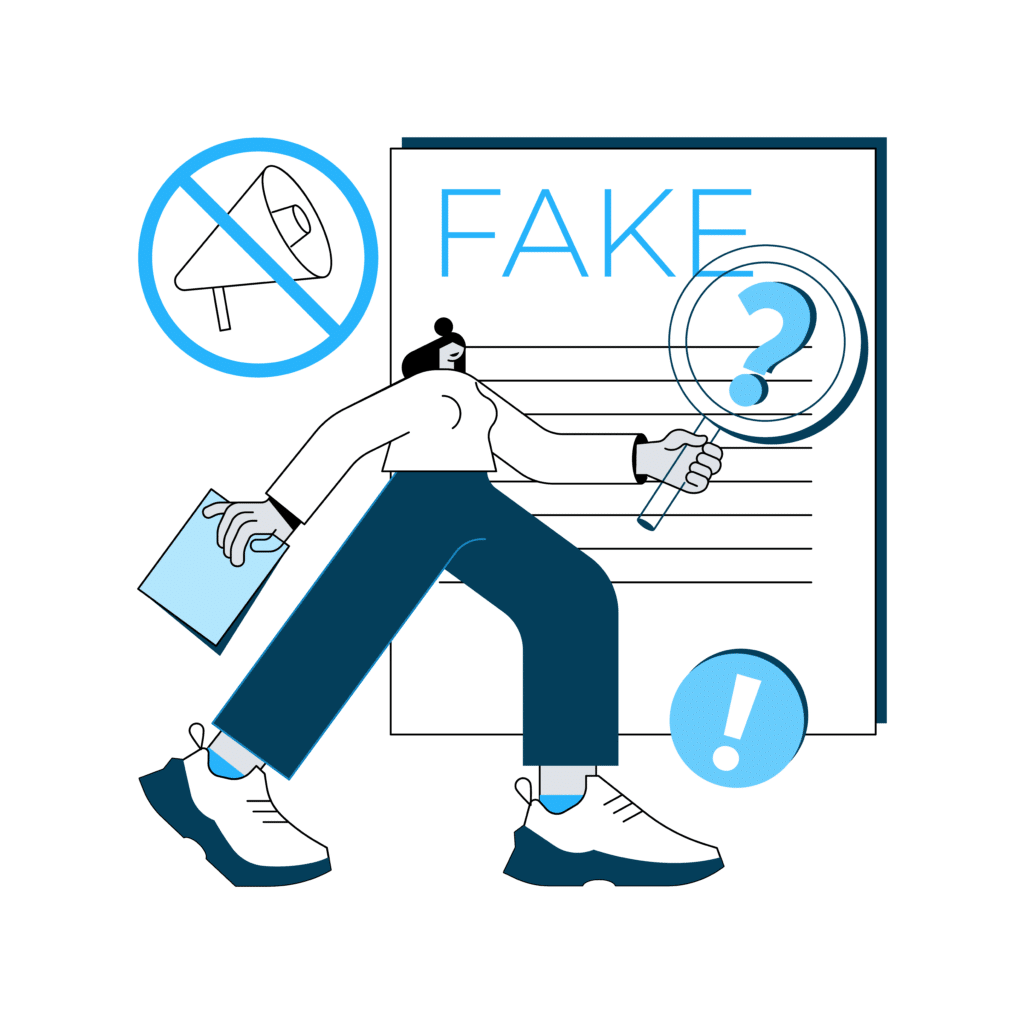Artificial Intelligence (AI) is transforming our society, from legal systems to corporate environments. It promises efficiency, insights, and unprecedented autonomy. But as AI becomes more capable and complex, a significant question arises: is AI reliable? And if not, how to make it that way to ensure that we can trust the output it gives?
A “black box” in technology refers to systems, like certain AI models, that deliver outputs without providing transparency into the decision-making process.This lack of clarity is not just theoretical, as Bloomberg Law recently reported, attempts to apply AI to regulatory processes often overpromise and underdeliver, precisely because of issues with transparency and interpretation.
As AI continues to advance, including developments in Agentic AI and Large Language Models (LLMs), it becomes easier to fall into the trap of blindly trusting these systems. However, as highlighted in recent research and discussions, we must critically assess AI’s outputs and track the sources it uses to understand how to keep AI reliable and maintain control over this powerful tool.
Don’t Trust AI Blindly
AI’s potential to process immense datasets and produce insights in seconds is remarkable, but this capacity can obscure the mechanics behind its decisions. Without understanding or validating how an AI system arrives at conclusions, we risk depending on potentially flawed or biased outcomes. This could range from minor errors in data analysis to severe implications in areas like legal compliance, cybersecurity, and autonomous decision-making. For example, in norm engineering, where AI can help automate and interpret regulations, there’s a great potential for efficiency. Yet, if AI interprets regulations incorrectly without human oversight, it could misapply laws, leading to misjudgments that impact rights and compliance. Thus, blindly trusting AI without mechanisms to check its work introduces risks, particularly if AI systems begin to influence public policies or critical infrastructure decisions. Knowing how to keep AI reliable in these contexts is crucial to prevent costly and dangerous errors.

Why Traceability Matters in Keeping AI Reliable
Traceability is essential in understanding how to keep AI reliable because it empowers users and developers to understand how AI arrived at its conclusions. By tracing the steps, sources, and data that an AI system used, humans can evaluate its reliability and align the results with ethical and legal standards. For example, AI governance platforms have emerged as vital tools in ensuring that AI applications adhere to transparency, accountability, and fairness standards. In addition, maintaining a transparent AI decision-making process helps mitigate risks associated with disinformation. AI systems designed to combat disinformation use forensic and detection techniques to identify, track, and validate the authenticity of information. When AI is responsible for validating information or making autonomous decisions, traceability provides an “armor” against potential misuse or deceptive outputs, helping us keep AI reliable.
AI Governance as a Framework for Reliability and Trust
A structured approach to governing AI helps organizations implement best practices that ensure it acts in alignment with ethical and safety standards. AI governance platforms help maintain “source accountability” by requiring Artificial Intelligence systems to document their sources and reasoning processes. This accountability layer allows organizations to monitor AI outputs for accuracy, fostering trust and reliability in the system’s performance. Traceable AI systems also help prevent potential “runaway” situations where AIs, operating autonomously, produce unintended consequences. For example, Agentic AI — a system capable of setting and following its objectives — poses a particular challenge because it normally acts without direct human oversight. Governance platforms mitigate this risk by establishing boundaries, checking AI’s outputs for consistency with human expectations and values, and guiding organizations in how to keep AI reliable as it evolves.
Building a Culture of Responsible AI
Organizations and general public should develop a culture of responsible AI usage that embraces critical thinking, validation, and continuous monitoring of AI systems. Practically, this involves:
- Auditing Outputs Regularly: Regular checks can reveal when an AI system’s predictions or decisions drift from intended outcomes, allowing early interventions to keep AI reliable.Smart offices that automatically adjust lighting and energy use based on real-time occupancy, reducing carbon footprints.
- Developing Ethical Guidelines: Establishing guidelines on how and when to use AI, as well as criteria for acceptable results, can ensure AI usage remains aligned with broader social values.
- Investing in Traceability Tools: Platforms that trace AI decisions enable an organization to understand and control the mechanisms driving AI outputs.
AI is a Partner, Not a Guru
AI’s potential to revolutionize industries and daily life is huge, but with great power comes great responsibility. The more autonomous AI becomes, the more critical it is to understand how to keep it reliable, look inside the black box, and validate its conclusions. Traceability and governance are not just technical additions but are central to maintaining human control, building trust, and ensuring that Artificial Intelligence serves society responsibly. By embracing these measures, we can work alongside AI with confidence and peace of mind, knowing that it’s our partner, not a guru we should follow no questions asked.









